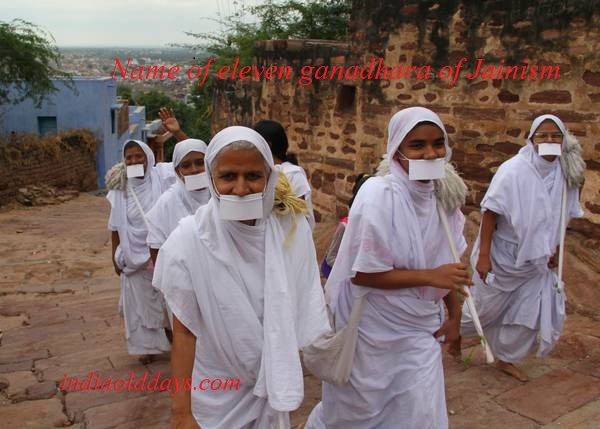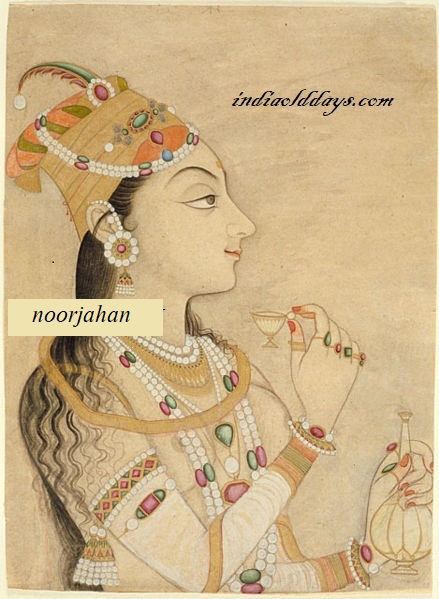Pala period art and architecture
Palavanshi king was a great builder. Buddhist viharas and buildings were built by him in Nalanda, Vikramshila, Odantpuri, Sompuri etc. According to Taranath, the founder of this dynasty, King Gopal had built a Buddhist vihara in Nalanda. He also built monasteries in Sompuri and Odantpuri. The Sarnath article ( 1083 ie 1016 AD) shows that Mahipal had hired his brothers Stambal and Vasantpal to set up hundreds of buildings and temples in Kashi.
Rampal built a new city called Ramavati and built buildings and temples there. 8th century After Dharmapala got Vikramshila Mahavihara established and many lecture halls were built there. The remains of Pal era buildings and monuments are found in the excavation of Paharpur. From here one finds the remains of a huge temple, which is 356 feet in the north-south and 314 feet in the east-west. Sompur Vihar was located at this place. There are many platforms in this temple. Surrounding the building is a pradakshinapath surrounded by four mundare. Stairs have been made to climb on the first two platforms. In the middle part there was a square of mud, which is raised above the platforms. The walls are made of dry brick. These bricks have been added with mortar. Brick and mortar temples still exist at a height of 70 feet from the ground floor. This temple was built during the reign of Dharmapala. According to Marshall, it was conceived. Whereas RD Banerjee has called it an open roof cell. The second temple of this nature does not appear in history. BD Chattopadhyay draws our attention to the building named Sarvatobhadra mentioned in Brihatsamhita and Matsya Purana. In which there were square garbhagriha, entrance in each direction and small chambers in the four corners. It was called the Chatuhasala house. The temple at Paharpur looks similar to this. It has many platforms. Each is of one floor height and a pujagrah is built around it. The influence of this temple on the temples of South-East Asia and Burma was also felt. Pal rulers also built temples in Burdwan district. There is a cluster of temples in a place called Barkar in this district, Whose construction is done in 10th 11th Century. The Siddheshwar temple is the most ornate in this group.
They are made of bricks and their entire exterior is also covered with bricks. Sculptures are engraved on the entire surface of the walls. The rich decor only reveals the elegance of the lines. Some temples have also been built on the imitation of the native style of Bengal in which huts were made with the help of bamboo. Squared blocks (plank figurines) of raised clay sculptures have been installed on the exterior of the temple. Curve kangure and otli are their special features, which have been directly eclipsed by bass-built huts. Ordinary people used to carry sloping balcony on both sides above the bamboo thatched huts, so that rain water of could be easily shed. This practice was more prevalent in southern Bengal. The same was followed in temples. Such temples were probably constructed during the time of the Malla kings, who were lovers of temple construction. The ruins of this type of temple group have been found in Vishnupur. The terracotta figurines carved in their outer walls throw a beautiful light on the diverse aspects of public life and interest.
In this way, Pal architecture sets a new paradigm in history.
The artists of Pal period also introduced a completely new style in the field of Tachan art, Which is called Magadha Vang style. Taranath calls it the East Indian style noun, and its promoter considers Dhiman and Vipatpal. Its specialty is that idols have been made with the help of smooth black colored stones and metals. Idols of many deities related to Buddhism, Jainism and Brahminism have been made. They come from different regions of Bihar and Bengal. Nalanda, Bodh Gaya, Patna, Lucknow and London, Paris, Berlin etc. are safe in museums.
All these idols were made by hand. Artists of this time have tried to incorporate dignity into their craft, But the pal period sculptures do not show the natural beauty, which is seen in the Gupta sculptures. Pal statues also lack originality. The sculptures are laad with ornaments, giving a clear sense of artificiality. Kirit, crowns, necklaces, bracelets, armlets, etc. are seen in the Pala style sculptures. The playful feel of the organ has become a feature of this style. An attempt has been made to highlight human beauty in the deity sculptures. Efforts have been made to attract female beauty in the body of male idols with attractive effect. The incorporation of female beauty and power is seen in the idols of the Bodhisattva and other deities. Seeing some of the idols gives an impression of religious intolerance and bigotry. Many Buddha statues have been depicted insulting Hindu deities. Gods like Ganesha, Parvati, Bhairav have been displayed by masculine Buddhist idols, Which exposes the feeling of malice and bigotry. From this point of view, the tolerance and co-ordination prevalent in Indian culture does not appear in Pala art.
In this way, there are few specimens of Pala architectural and Tachan art, Based on them, it concludes that it was of ordinary order.
Reference : https://www.indiaolddays.com




